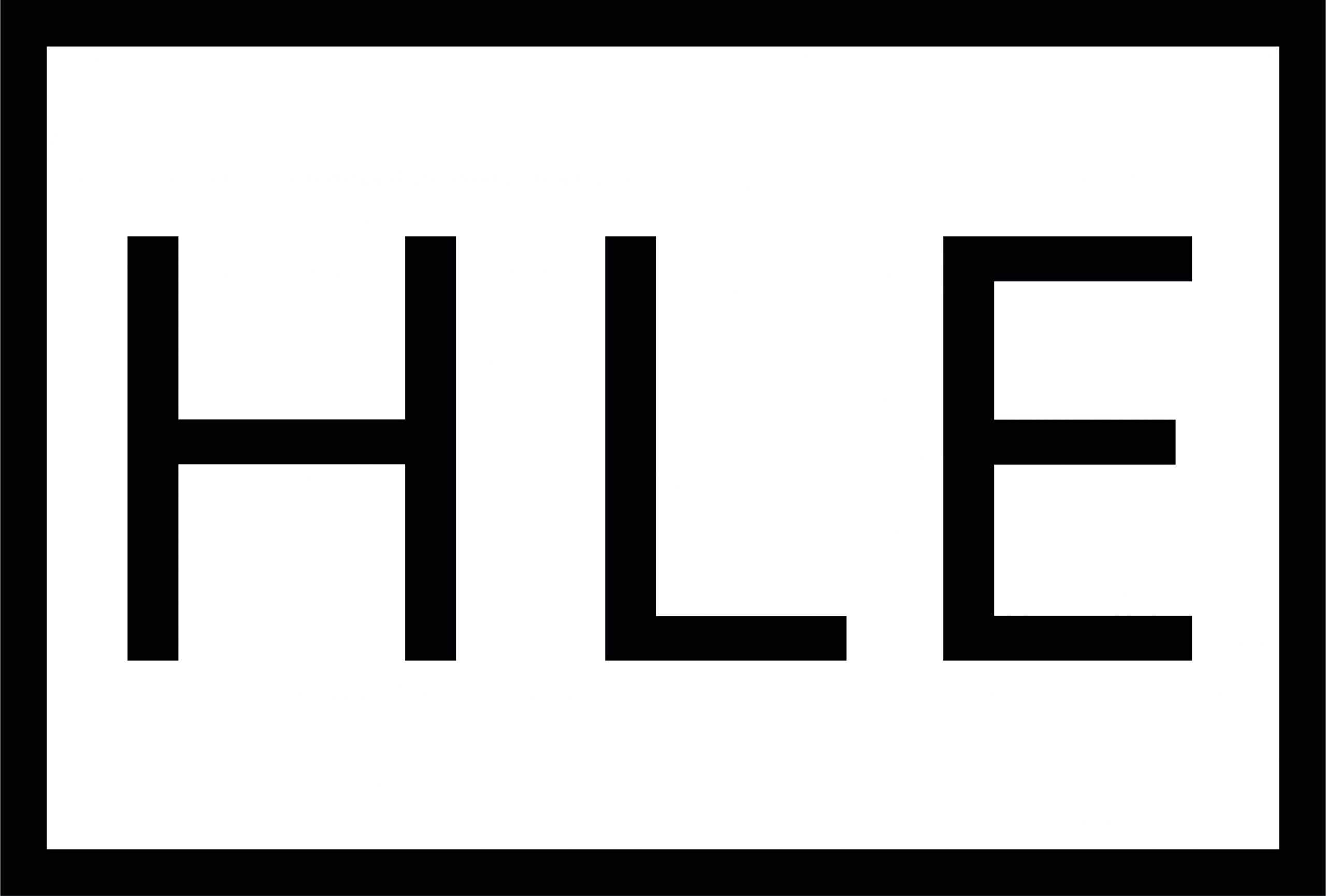HOOK HEIGHTS
Most people involved in heavy lift and cargo loading operation are familiar with the term ‘Hook Height’ describing the vertical distance from the ground up to the highest point the crane hook can go.
When it comes to loading project cargo or any crane lift really, getting this wrong could be the difference between being able to complete the lift or not. So, what are the factors that could adversely affect the ‘Hook Height’ (HH) of a lift?
• Height of cargo lift points, the higher these are the less height there is left for the lift.
• Lift rigging; the height of the rigging between the hook and cargo lifting points, this height is added to the height of the lift points and the total subtracted from the hook height. The rigging arrangement will further reduce the available hook height.
• Height of hatch coaming above quayside during lift, or any other vertical obstruction we need to lift over. On tidal berths the height of the hatch coaming will vary with the state of tide, i.e. at high water the hatch coaming will be at the highest point above the quay and so this height is also subtracted from the available hook height.
• Crane specification; when using mobile cranes for lifting cargo we need to take care to consider the available hook height for the total lift weight at the various radii of the lift. As the mobile crane booms out (increasing radius) the available hook height decreases as a function of the boom length and radius of interest. Thus we need to consider the hook height at the following radii; initial lift, hatch coaming or vertical obstruction and set down.
It should be noted that although you can get a crane capable of lifting a particular weight at the required radius it may not have the available hook height when the 4 points above are considered and a large crane may be required.
When discussing your lifting requirements with your designated ‘Appointed Person,’ make sure they are given all the relevant information with respect to lifting radii, obstructions, height of lift points and lift rigging requirements. Early engagement with a suitable lifting specialist will help to ensure you have the right crane with the available hook height to perform the lift.
